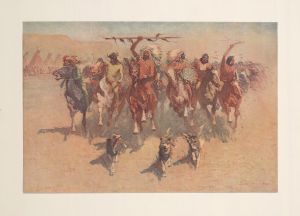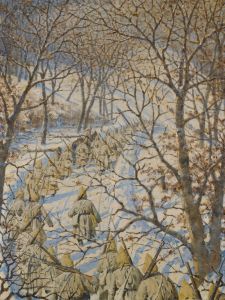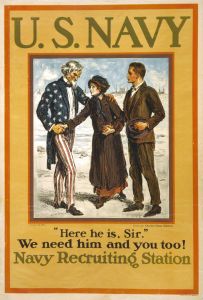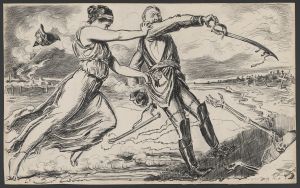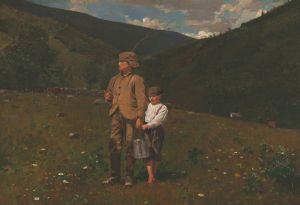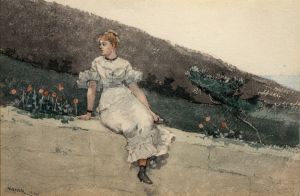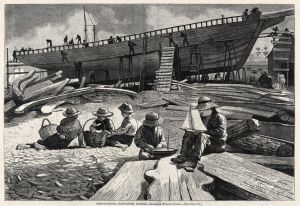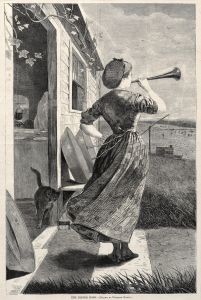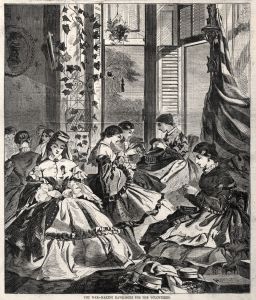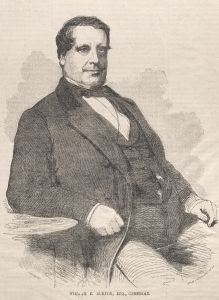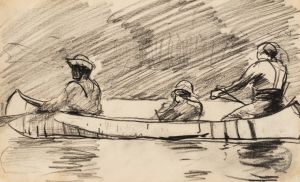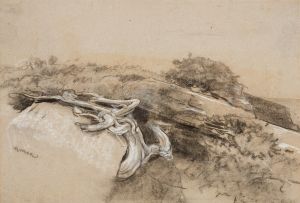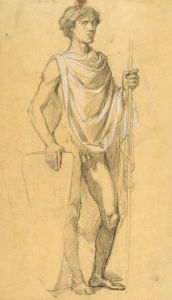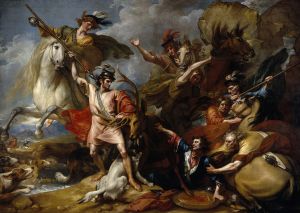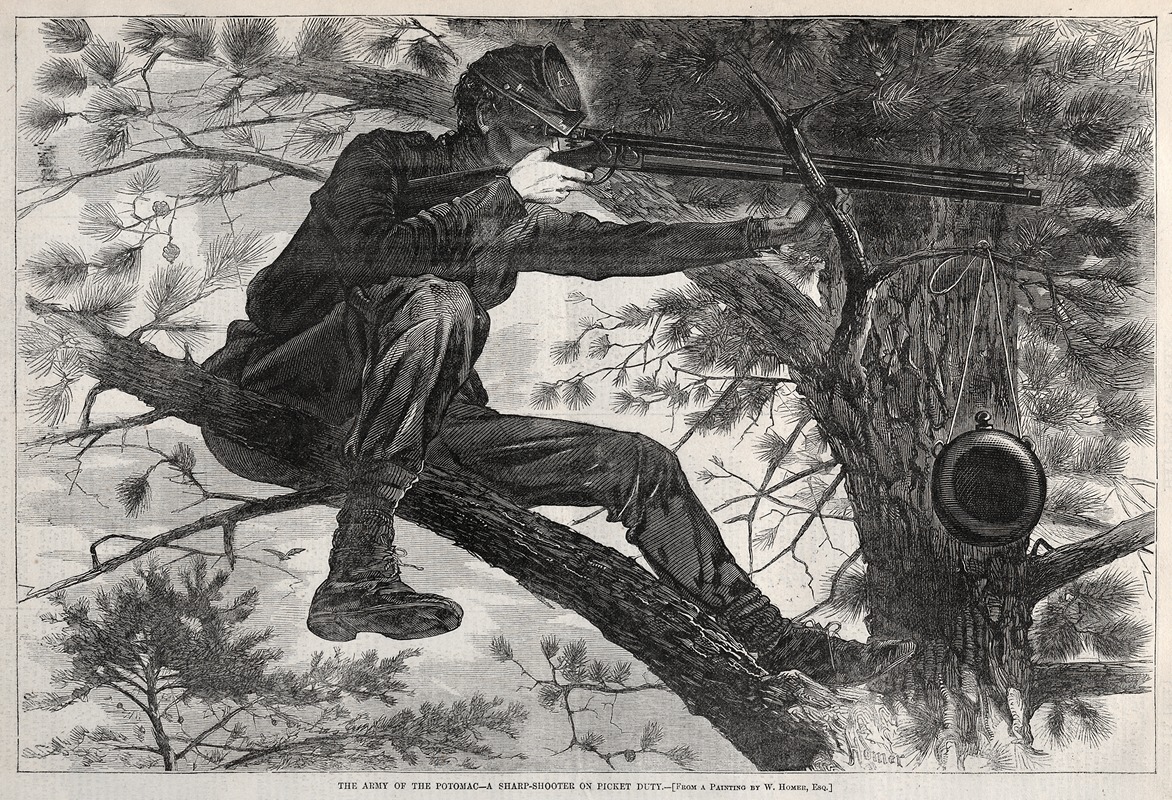
A Sharpshooter on Picket Duty
A hand-painted replica of Winslow Homer’s masterpiece A Sharpshooter on Picket Duty, meticulously crafted by professional artists to capture the true essence of the original. Each piece is created with museum-quality canvas and rare mineral pigments, carefully painted by experienced artists with delicate brushstrokes and rich, layered colors to perfectly recreate the texture of the original artwork. Unlike machine-printed reproductions, this hand-painted version brings the painting to life, infused with the artist’s emotions and skill in every stroke. Whether for personal collection or home decoration, it instantly elevates the artistic atmosphere of any space.
"A Sharpshooter on Picket Duty" is a painting by the renowned American artist Winslow Homer, created in 1862. This work is one of Homer's early paintings, produced during the American Civil War, a period that significantly influenced his artistic career. Winslow Homer is celebrated for his realistic and vivid depictions of American life and landscapes, and this painting is no exception, capturing a moment of military life with striking detail and emotional depth.
The painting portrays a Union sharpshooter perched in a tree, taking aim with his rifle. The sharpshooter is depicted in a precarious position, highlighting both the danger and the strategic advantage of his elevated post. The composition focuses on the solitary figure, emphasizing the isolation and tension inherent in the role of a sharpshooter during the war. This work is notable for its attention to detail, particularly in the rendering of the soldier's uniform and equipment, as well as the natural surroundings.
Homer's choice to depict a sharpshooter is significant, as sharpshooters played a crucial role in the Civil War. They were tasked with targeting enemy officers and artillerymen, often operating alone or in small groups. This painting reflects the technological advancements in warfare at the time, as rifled firearms allowed for greater accuracy and range, changing the dynamics of military engagements.
The painting was originally created as a wood engraving for "Harper's Weekly," a popular illustrated newspaper of the time. Homer worked as an illustrator for the publication, and his experiences during the Civil War, including visits to the front lines, provided him with firsthand insights into the conflict. These experiences informed his work, allowing him to convey the realities of war with authenticity and empathy.
"A Sharpshooter on Picket Duty" is an example of Homer's ability to capture the human experience within the broader context of historical events. The painting's focus on a single figure allows viewers to contemplate the personal experiences and psychological states of soldiers during the war. This approach is characteristic of Homer's work, which often emphasizes the individual within the larger narrative of American history.
The painting is also an early indication of Homer's evolving style, which would later become more focused on naturalism and the exploration of light and shadow. His Civil War works laid the foundation for his later masterpieces, which include depictions of post-war American life and the rugged beauty of the New England coast.
Today, "A Sharpshooter on Picket Duty" is recognized as an important work in Winslow Homer's oeuvre, reflecting both the artist's technical skill and his ability to convey the complexities of human experience during a tumultuous period in American history. The painting remains a poignant reminder of the personal and collective struggles faced during the Civil War, and it continues to be studied and appreciated for its historical and artistic significance.





